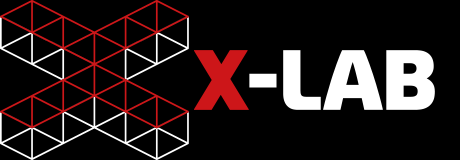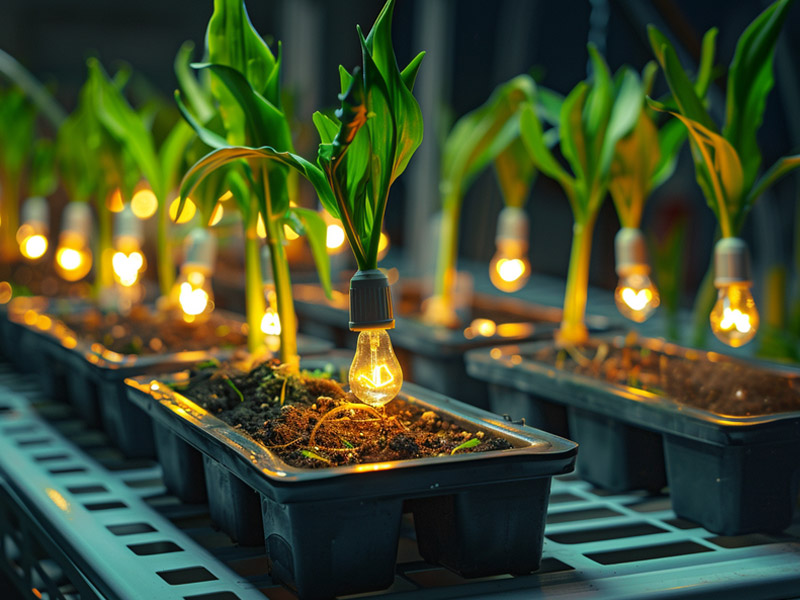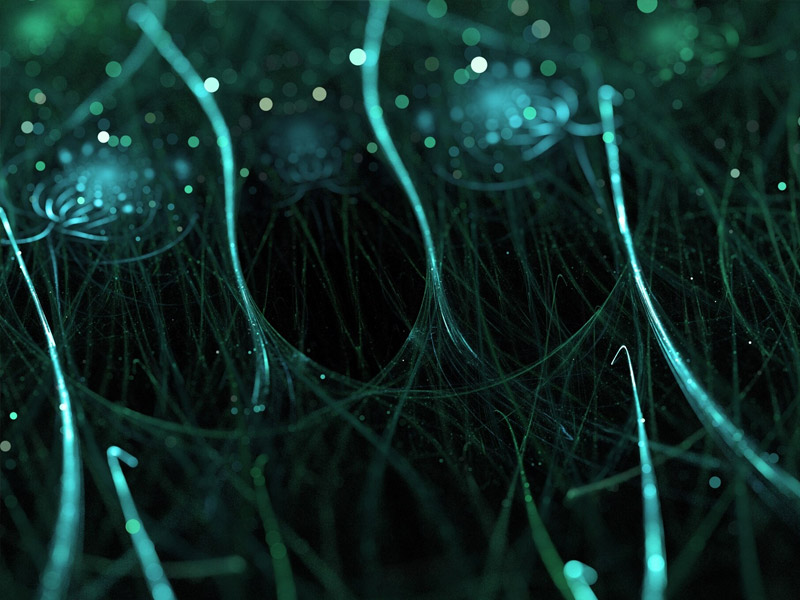Electricity X Nature
Nature and life come in a wonderful variety of shapes, colors and properties. During millions of years of evolution, nature has developed ingenious solutions for specific functions and tasks needed for life. A better understanding of this complexity and diversity of life requires a far-reaching interdisciplinary approach. At X-LAB we pursue this type of approach, not only to contribute to the unravelling of ingenious life processes, but also to provide us inspiration for innovative and sustainable technological developments (e.g. next generation solar cells, biodegradable electronics, ...) and for new views and reflections on nature and society.
Bio-electricity – from living electrical wires to bio-based/biodegradable electronics (e-Biologics) & Billie Eilish
In nature, biological ‘nanofibers/nanowires’ such as in the recently discovered Cable Bacteria demonstrate remarkable electrical transport properties. These electroactive bacteria are receiving growing attention from diverse research fields, motivated by a fundamental interest in the underlying long-range transport mechanisms and in the potential future role in emerging domains such as bio-electronics, biodegradable electronics, and electronic biological materials (e-biologics). In the long- term these materials could open novel avenues for the growing problem of electronic waste (50 million tons of e-waste is produced each year) in the upcoming era of ubiquitous electronics (cfr. the Internet of Things).
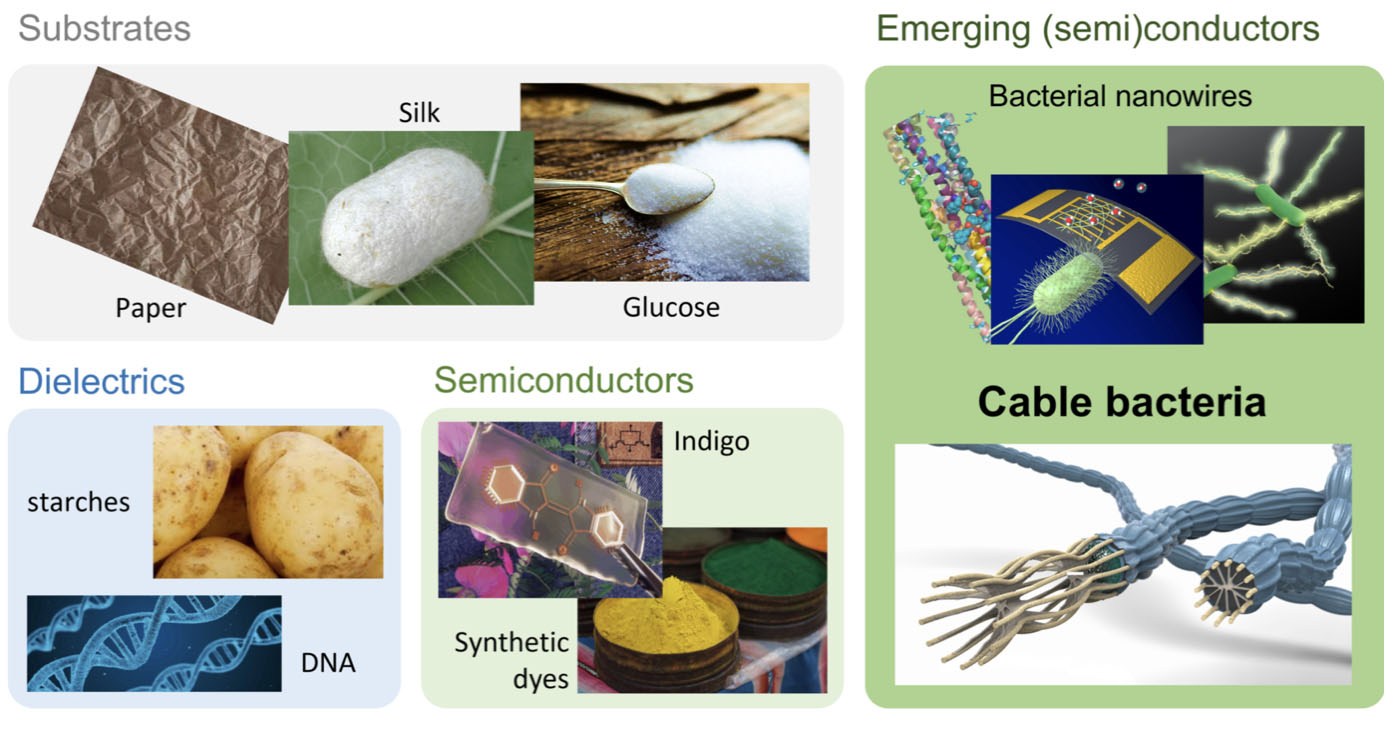
As a creative proof-of-principle demonstrator of cable bacteria as biological electrical material, a music signal (“Bad Guy” from Billie Eilish) has been sent successfully through a cable bacteria filament.
Electricity from the sun – learning from photosynthesis
Our research activities aim to obtain a better fundamental understanding of the underlying mechanisms in photosynthesis and photovoltaics. We study various innovative photovoltaic concepts and applications, ranging from the investigation of organic and perovskite solar cells for extreme conditions on earth and in space, the introduction of the concept of “Photovoltaic Photographs”, to the exploration of bio-inspired concepts and applications such as bio-based/biodegradable solar cells and “living photovoltaics”/bio-photovoltaics (e.g. Plant Microbial Fuel Cells, ...).
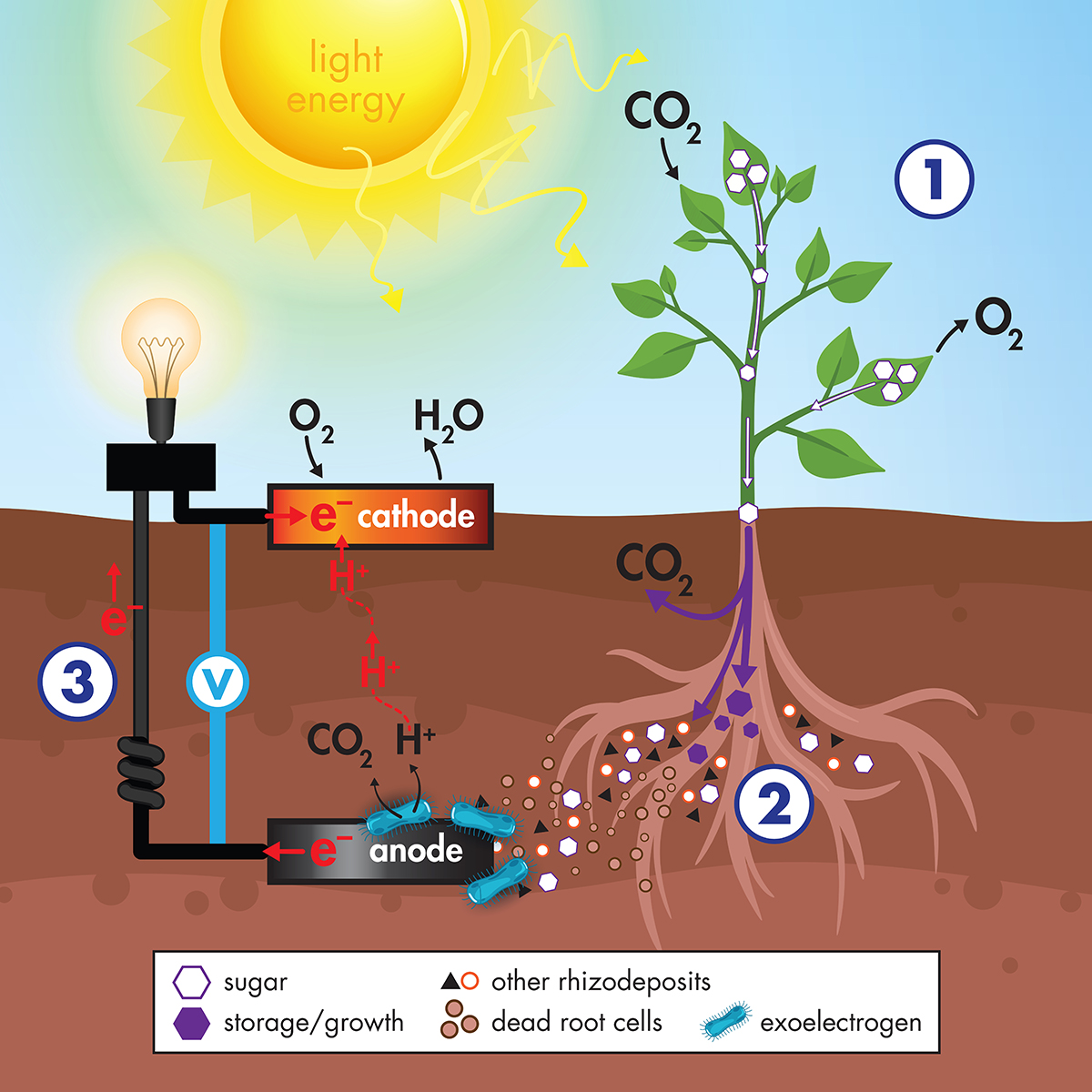


Publications X Funding
- SELECTED RELATED PUBLICATIONS:
- Bio-electricity/cable bacteria publications
- R. Cornelissen et al.,“The Cell Envelope Structure of Cable Bacteria”, Front. Microbiol., vol. 9, p. 3044, Dec. (2018).
- F. J. R. Meysman et al., “A highly conductive fibre network enables centimetre-scale electron transport in multicellular cable bacteria”, Nat. Commun., 10, DOI 10.1038/s41467-019-12115-7, https://www.nature.com/articles/s41467-019-12115-7 (2019).
- R. Bonné et al., “An Ordered and Fail-Safe Electrical Network in Cable Bacteria”, Adv. Biosyst., 2000006. https://doi.org/10.1002/adbi.202000006 (2020).
- H.T.S Boschker et al., “Efficient Long-Range Conduction in Cable Bacteria through Nickel Protein Wires”, Nat. Commun. 12 n. 3996 https://www.nature.com/articles/s41467-021-24312-4 (2021).
- R. Bonné et al., “Biomaterials and Electroactive Bacteria for Biodegradable Electronics”, Front Microbiol. 13:906363 (2022).
- Bio-solar publications
- T. Van Limbergen et al., “Plant microbial fuel cells from the perspective of photovoltaics: Efficiency, power, and applications”, Renewable and Sustainable Energy Reviews 169 112953 (2022).
- J. Hustings et al., “Charge-transfer states in photosynthesis and organic solar cells”, Frontiers in Photonics 10.3389/fphot.2022.1050189 (2022).
- FUNDING:
- The photovoltaics/photosynthesis research was supported by the Research Foundation Flanders FWO through research project G089918N.
- The bio-electricity/cable bacteria research was supported by the Research Foundation Flanders FWO with research project G013922N and PhD Fellowship 11K4322N.
